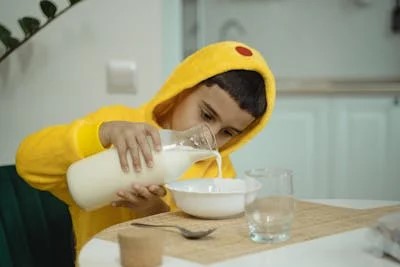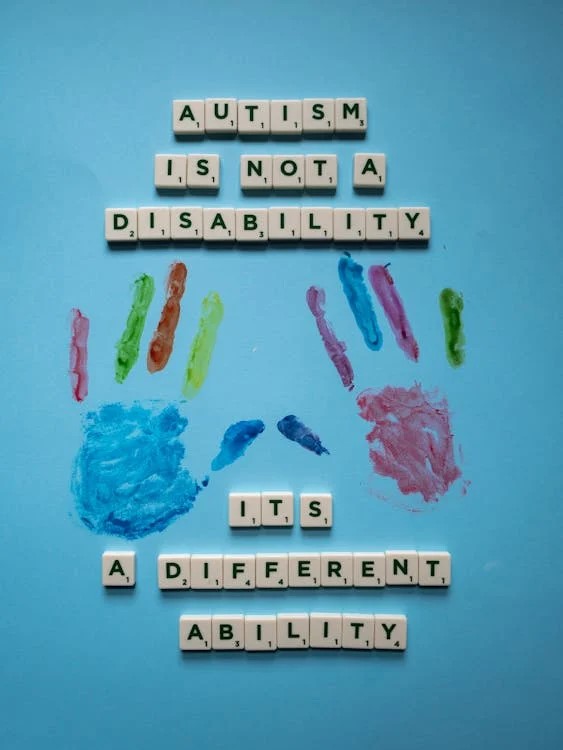Finding interesting and pleasant activities for children with autism can be difficult, especially when looking for options that are appropriate for indoor environments. Autistic children frequently have distinct sensory needs, communication styles, and preferences that shape how they engage with their surroundings.
Creating a safe and interesting indoor environment that meets these requirements can encourage good experiences and developmental growth.

Make them your own!
Each of these may and should be tailored to your child's specific requirements and preferences, so make your edits. There is no one correct way to play.
Plastic storage containers will be your most valuable allies in many of these applications. You can acquire them for as little as $5 at Walmart and sometimes even for free on Facebook Marketplace, so stock up if you find any.
The interaction between you and your child is often the most beneficial aspect of sensory activities. Don't just put it out before them; get down and play with them. Describe what you are doing and make a big fuss about it.
Do not feel obligated to compel your child to participate in an activity they do not enjoy. Encourage, but let them lead. If there is fear or pushback, consider modifying some pieces or moving on completely. If one doesn't work out, try again tomorrow.
Here are five of the finest indoor activities for autistic child that not only entertain but also help them develop their sensory, cognitive, and social skills.
Grab a can of shaving cream and go outside (inside works well if you don't mind the cleanup). To begin, spread a generous amount of shaving cream onto the window. If it's appropriate for their age, you can also let them spray it. Together, practice writing letters, drawing drawings, or simply swirling your fingers. Place some in their hands and have them press it against the window to experience various sensations.
When indoors, the sunshine beaming through can provide a unique physical experience. Bonus: you now have your window washer!

Here's a fun, free pastime that will keep you entertained. If you have one, place a shallow plastic bin on the floor; otherwise, move this activity outside. Look through your cupboards for a variety of containers of various sizes and shapes that you can fit inside: measuring cups, plastic drinking cups, pitchers, bowls, funnels, ice cube trays, and so on. If you have an eye-dropper, that's a nice addition.
Pour water into some of them and a little food coloring in a few, and have fun. Encourage your youngster to pour from one container to another, mixing and diluting colors. This works great on a patio or in an empty bathtub, but it may also be done indoors - on top of numerous towels! - if you're daring enough. Discuss how the colors change and the capacity of the containers when there is overflow or spills.
A pouring station is excellent for improving attention span and concentration. It improves fine motor skills through hand-eye coordination and balance, as well as giving children the opportunity to practice pouring in a real-world setting.
This one is more expensive than the others because you will need to travel to the store if you do not already have the plastic balls, but the good news is that you will use them repeatedly! Depending on the size of your child, you may need between 200 and 500 balls. Now for the "pit": a blow-up pool, tent, large box, and even memory foam alternatives specifically created for this purpose!
Pour in the balls and allow your child to "swim" around. Discuss the colors, form, and texture. You may even create two "pits" and practice throwing balls from one to the other. The options are limitless.

Does your child use a compression vest or weighted blanket? A ball pit is an excellent option for compression. The balls apply a lot of pressure areas and act as a small massager. Beyond sensory stimulation, the ball pit allows you to improve gross motor skills, communication, and sociability, depending on how you interact with it.
You will need a few shallow plastic tubs, ideally placed outside on a patio or open sidewalk. Fill each one with items of various but comfortable textures that your toddler may enjoy experiencing. Ideas include pom poms, cotton balls, sand, shaving cream, water beads, dried lentils, feathers, dry leaves, and water. Use as many as you want, but start small if your youngster is sensitive to specific textures.
You may need more than one bin of water in various temperatures and colors to place between the "sticky" materials, such as shaving cream or sand, and you may even place a towel down as one of the "steps." Encourage your youngster to move from bin to bin, investigating what is inside each. Take a turn and chat about how it feels. If they are verbal, encourage them to do the same.
Did you forget your reusable bags the last time you went food shopping? Or do you have too many leftovers from your previous takeout orders?
Here is an activity for you!
You only need a bag and 1-2 feet of yarn, twine, or string. Tie it to the bag's handles for an extension to grip onto. The kites operate better to catch the draft behind your child than to fly high; thus, the string should not be too long. Go outside, tell them to hang onto it, and flee!

Finding the correct indoor activities for an autistic child can greatly benefit their growth and overall well-being. Sensory play using DIY sensory bins, interactive storytime with visual aids, building blocks and Legos, painting and craft projects, and indoor obstacle courses are all great possibilities that can be personalized to each child's specific needs and preferences. These activities not only entertain, but also promote sensory integration, cognitive development, and social skills, allowing autistic children to thrive in a secure and supportive setting.